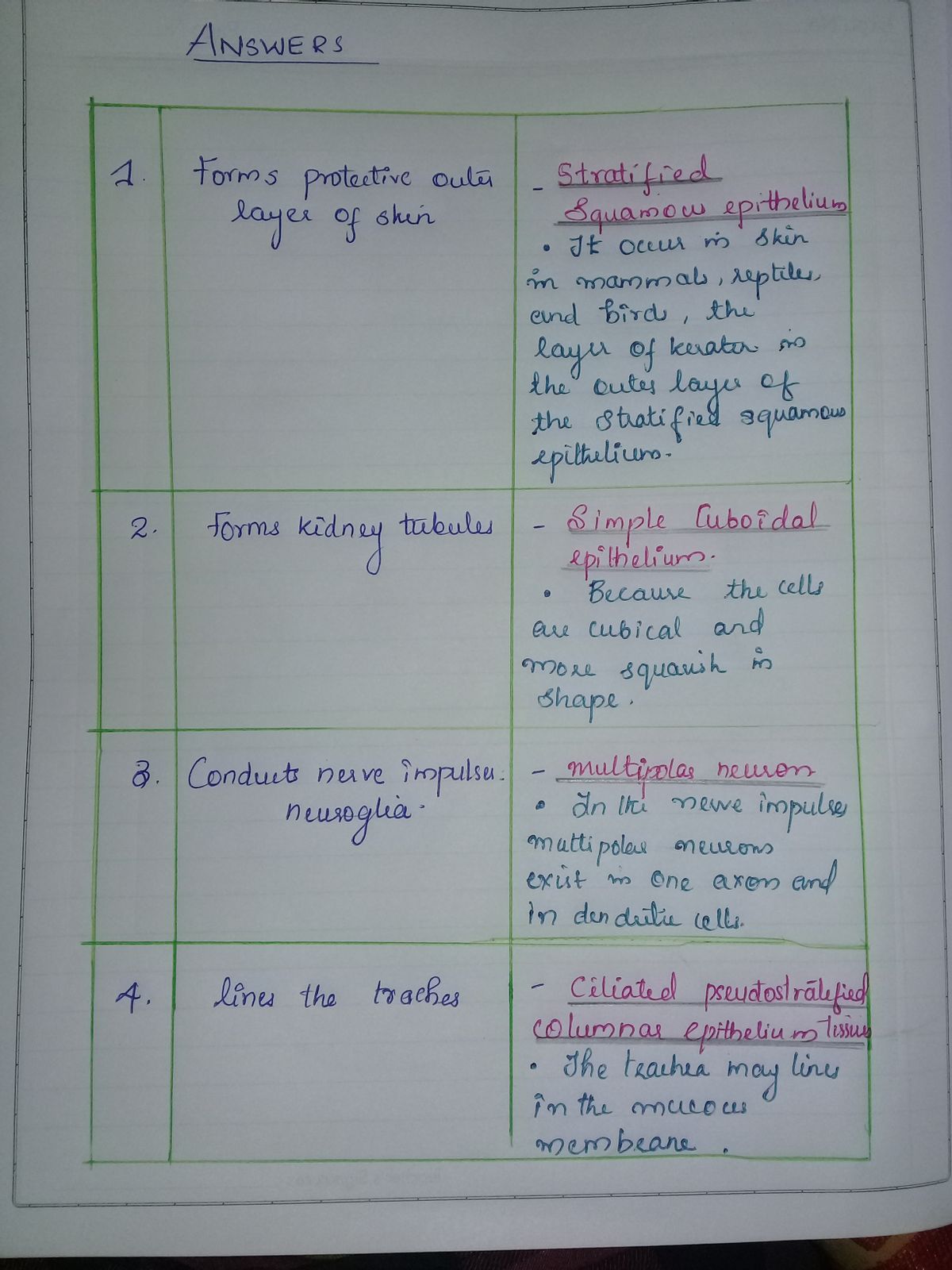forms protective outer layer of skin [ Choose ] [Choose ] bone forms kidney tubules simple cuboidal epithelium stratified squamous epithelium simple squamous epithelium simple columnar epithelium conducts nerve impulses; neuroglia skeletal muscle multipolar neuron blood ciliated pseudostratified columnar epithelial tissue lines the traches heart muscle cartilage adipose tissue areolar striated, multinucleate smooth muscle many fiber and cell types, component of [ Choose ] membranes and skin > >
Histology
Histology is the microanatomy method and a branch of biology that studies the anatomy of tissues. It includes viewing tissue in a magnified view under the microscope. Microanatomy also includes the process of study of organs called organology and the study of cells called cytology. Histopathology is a branch of biology that includes microscopic identification of diseased tissue. The field of histology comprises the preparation of the tissues and collection of cells as specimens for examination under the microscope. These processes are done by technicians like histologists, histotechnicians, and biomedical scientists. Histopathology is the diagnosis and research of tissue diseases that require the examination of tissues and/or cells under a microscope. Histopathologists are in charge of determining tissue diagnosis and assisting clinicians in managing a patient's care.
Endocrine System
Human body functions due to the collective work of the organ systems. One of them is the endocrine system. It is a chemical messenger system constituting the hormones directly released by the endocrine glands into the circulatory system. The study of this system is known as endocrinology. The word 'endon' means inside, and 'crine' means secrete, making the word "endocrine."
![forms protective outer layer of skin
[ Choose ]
[Choose ]
bone
forms kidney tubules
simple cuboidal epithelium
stratified squamous epithelium
simple squamous epithelium
simple columnar epithelium
conducts nerve impulses; neuroglia
skeletal muscle
multipolar neuron
blood
ciliated pseudostratified columnar epithelial tissue
lines the traches
heart muscle
cartilage
adipose tissue
areolar
striated, multinucleate
smooth muscle
many fiber and cell types, component of
[ Choose ]
membranes and skin
>
>](/v2/_next/image?url=https%3A%2F%2Fcontent.bartleby.com%2Fqna-images%2Fquestion%2F7ae764b7-d237-4053-a9e9-5b016ede3169%2Fed825c9b-d8aa-45d5-91a4-bb3ccaddf03a%2Fgrwahig_processed.png&w=3840&q=75)
ANSWERS

Step by step
Solved in 2 steps with 2 images









